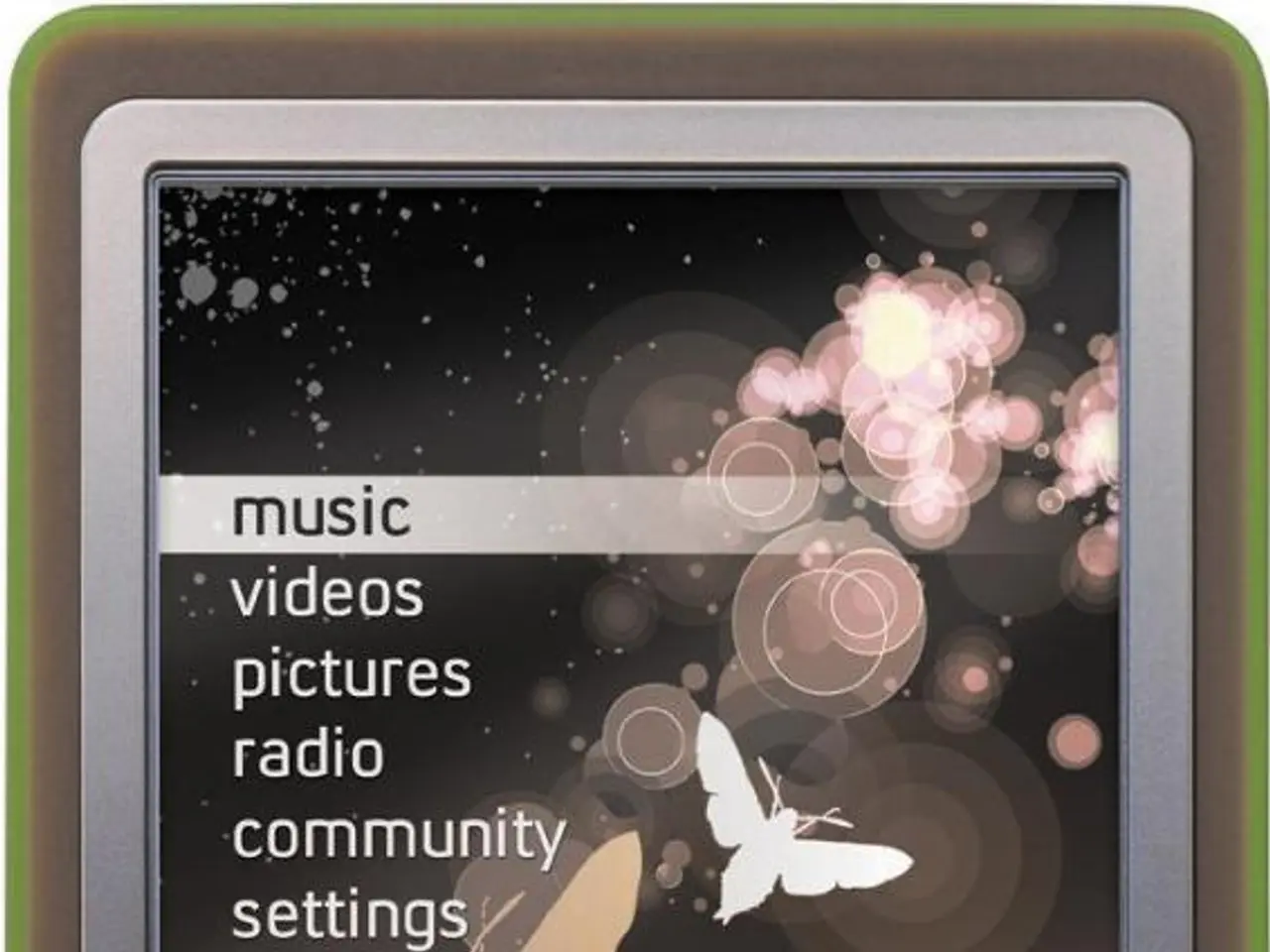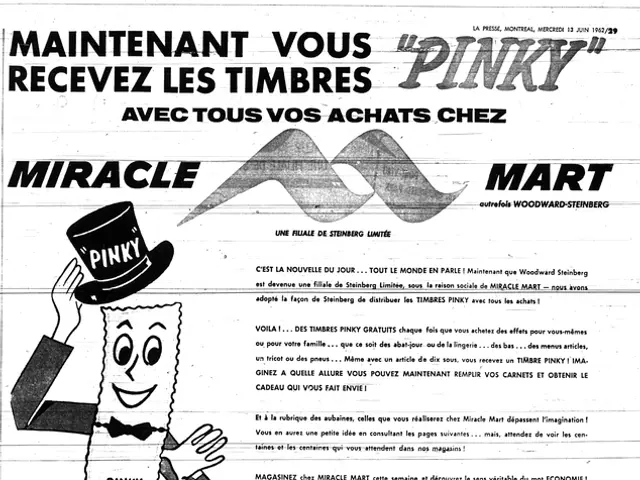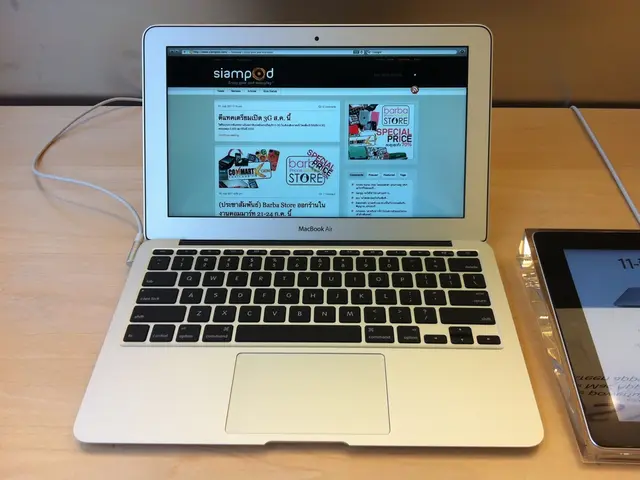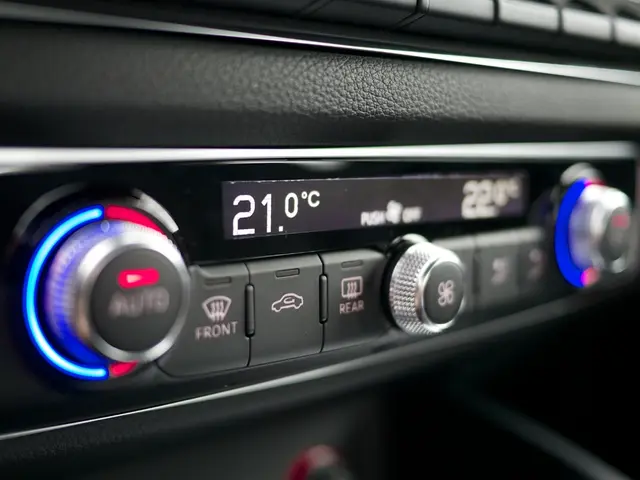Guidance on Installing and Uninstalling the YouTube Music App on a Windows Computer
In the digital age, music streaming apps have become essential for many people. One such app, YouTube Music, offers a seamless listening experience, and it can be installed on your desktop as a Progressive Web App (PWA) through Google Chrome and Microsoft Edge.
To install YouTube Music on Google Chrome, open the browser and navigate to . Sign in to your account (optional), and look for an "Install" icon in the address bar or click the three vertical dots, then "Cast, save and share" and select "Install YouTube Music." Alternatively, you can access the "Install" option by clicking the three vertical dots, then "More tools" and then "Create shortcut." After confirming the installation, the YouTube Music app will open in its own window as an app, and an icon will be added to your desktop, Start Menu, and/or taskbar.
For Microsoft Edge users, the process is slightly different. Open the browser, go to music.youtube.com, sign in to your account (optional), and click the "Install" icon in the address bar (a square with the top-right corner detached and a small plus (+) sign). Alternatively, you can access the "Install" option by clicking the three horizontal dots, then "Apps" and then select "Install YouTube Music." Uninstalling the app can be done by opening the app, clicking the three horizontal dots in the top-right corner, choosing "App Settings," and then clicking "Uninstall." It's recommended to check the option to "Remove this app's data from Microsoft Edge" for a clean uninstall.
Compared to YouTube Music, which does not have an official native desktop app but can be installed as a PWA to give a near-native desktop experience, other music streaming apps like Spotify are increasingly adopting PWAs as well. Spotify has launched a progressive web app specifically for the Oculus Quest VR platform, showcasing a PWA built to seamlessly integrate with virtual reality environments and improve user experience across devices. Spotify also uses PWAs for its mobile and desktop web access, balancing app-like performance with broad accessibility.
PWAs provide several advantages over native desktop apps, such as easier installation, cross-platform compatibility, and reduced development/maintenance costs. They offer a desktop app-like interface without requiring traditional software downloads or updates from app stores. However, PWAs may have some functional limitations compared to fully native apps, particularly regarding deeper hardware access and offline use on some platforms.
In general, using a separate desktop software for YouTube Music makes it easier and more integrated, without the clutter of a web browser. By installing YouTube Music as a PWA on Google Chrome and Microsoft Edge, users can enjoy a near-native desktop experience with their favourite songs and playlists without the need for an official desktop client.
- Aside from traditional music streaming apps like Spotify, which have launched native desktop apps, some other streaming apps are adopting smart-home-devices technology to deliver seamless user experiences across various platforms.
- In addition to YouTube Music, gadget enthusiasts can also enhance their music streaming experience by installing PWA versions of apps like Spotify on their smart devices and computers, taking advantage of technology that offers a desktop app-like interface on browsers like Google Chrome and Microsoft Edge.







